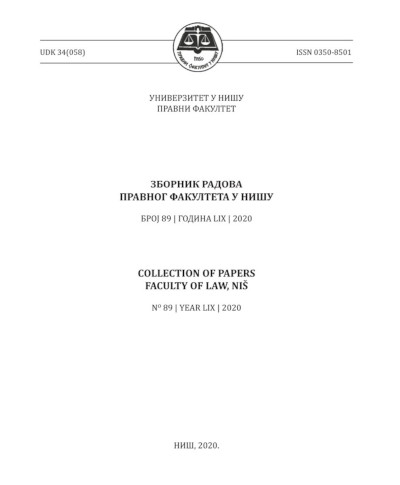Bojan Stojanović, a Legal Adviser with the Belgrade Centre for Human Rights, published a review of the IOM-UNHCR Framework document on developing standard operating procedures to facilitate the identification and protection of victims of trafficking in the latest Collection of Papers of the Law School in Niš
In June 2020, the International Organization for Migration and the United Nations High Commissioner for Refugees published their Framework Document on developing standard operating procedures to facilitate the identification and protection of victims of trafficking. The Framework document (hyperlink: https://www.refworld.org/docid/5ee22b4f4.html) updates the former version of the document published in December 2009.
The 24-page Framework document includes three parts and an Annex. The Introduction of the Framework document elaborates the objective, definitions, intended audience, IOM’s and UNHCR’s role, principles of cooperation, principles of protection and assistance, as well as the States’ duty to protect victims of trafficking and persons at risk of being trafficked. Part 2 of the Framework document deals with the framework for cooperation, identifying, referring and managing cases. Part 3 sets out the framework for cooperation on immediate protection responses and solutions for victims of trafficking. The Annex at the end of the document contains a list of select references – international treaties, regional instruments, conclusions, resolutions, recommendations and policy papers of relevance to trafficking in humans.
The Framework document aims to facilitate the early and prompt identification of human trafficking victims and provision of adequate care to them. The new Framework document was produced after the IOM became a related organization to the UN and started working more closely with the UN, notably the UNHCR.
The practical impact of the Framework document and the willingness of those dealing with human trafficking victims to use it, especially amidst the COVID-19 pandemic and the challenges it has brought, will be seen in the upcoming period.
